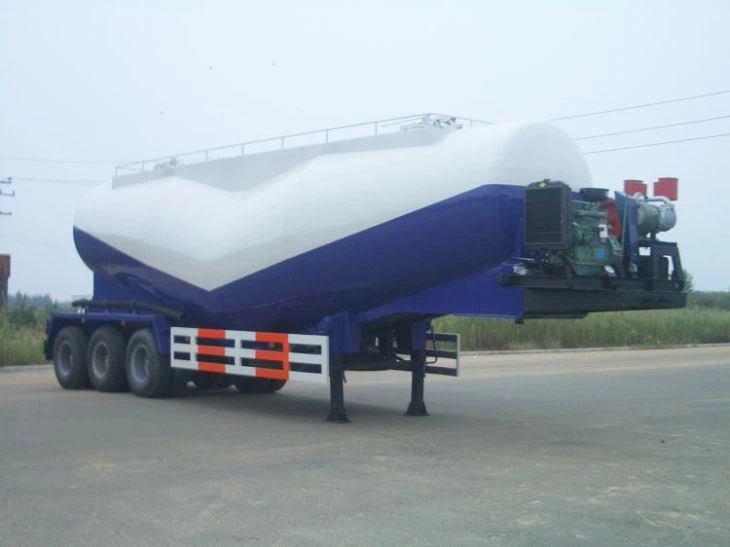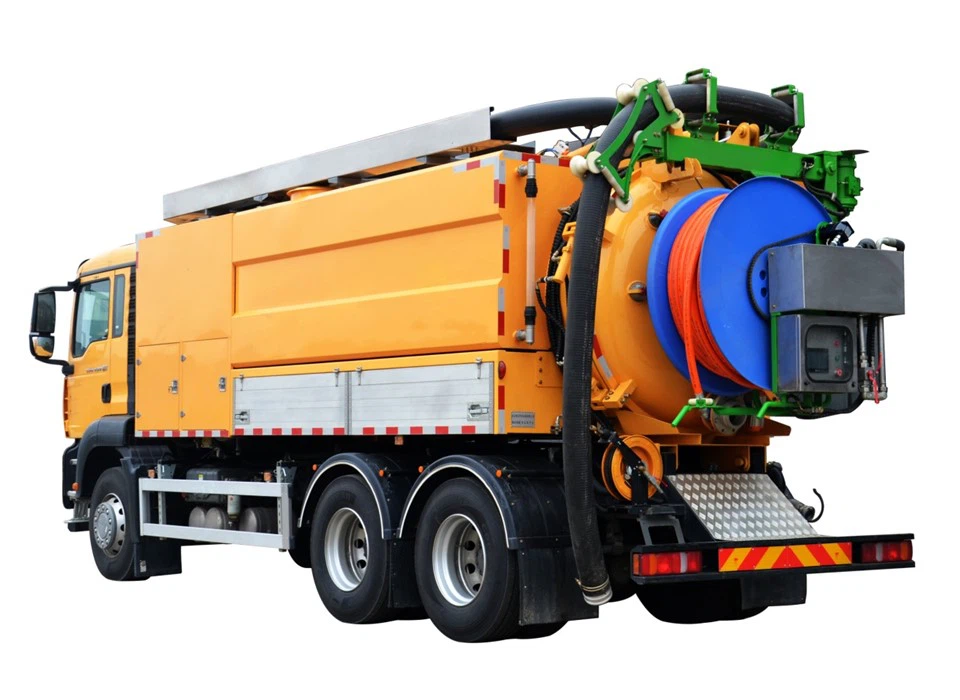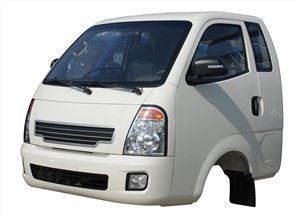Refuse Containers for Sale: A Comprehensive Guide to Your Waste Management Solutions

In today’s world, waste management has become a critical issue. As individuals and businesses generate more waste than ever before, managing this waste effectively is crucial. One popular solution is the use of refuse containers. This article delves deep into the various aspects of refuse containers for sale, providing valuable insights into their types, benefits, appropriate use cases, and tips for selecting the right container.
Understanding Refuse Containers
Refuse containers are specially designed receptacles used for collecting, transporting, and disposing of waste. They are available in various sizes and materials, tailored to meet different needs — from residential to industrial waste management. Understanding their design and functionality is essential for choosing the right container.
Types of Refuse Containers
Refuse containers come in several types, each catering to specific waste management needs. Below are some common types.
1. Residential Trash Bins
Typically used for household rubbish, these bins are usually 20 to 96 gallons in capacity.
2. Commercial Trash Containers
These are larger than residential bins, often ranging from 2 to 8 cubic yards, designed for businesses and commercial properties.
3. Roll-off Containers
These containers are designed for large construction and renovation projects. They can hold significant volumes of waste (often 10 to 40 cubic yards). They are transported using special trucks.
4. Recycling Bins
These bins are specifically designed to collect recyclables such as paper, plastic, and metal. They often come in distinct colors for easy identification.
5. Organic Waste Containers
Used mainly for compostable materials, these containers help divert organic waste from landfills, contributing to sustainability efforts.
Benefits of Using Refuse Containers
Investing in refuse containers can lead to several advantages, both for households and businesses.
Enhanced Waste Management
Properly designed refuse containers help ensure effective waste segregation, leading to easier recycling and reduced landfill waste.
Improved Cleanliness
Using refuse containers reduces litter and promotes cleanliness in the environment, helping maintain a healthier setting.
Convenience
Having the right refuse container readily available makes it easier to dispose of waste, streamlining cleanup efforts.
Environmental Responsibility
With the growing concern for the environment, using refuse containers tailored for recycling and organic waste encourages responsible disposal practices.

How to Choose the Right Refuse Container

Selecting the right refuse container depends on various factors, including the amount and type of waste, frequency of collection, and operational needs.
Assess your Waste Volume
Estimate the volume of waste generated weekly or monthly. Choosing a container that suits your waste volume is essential to avoid overflow.
Consider the Type of Waste
Different types of waste require different containers. It’s important to choose a container that suits the type of waste you’re generating (organic, recyclable, hazardous, etc.).
Evaluate Accessibility

Ensure the refuse container size and type are appropriate for the space you have available. Make sure it is easily accessible for waste collection.
Budgeting for Your Container
The cost of refuse containers can vary significantly based on size, materials, and brand. Set a budget and consider the long-term benefits of investing in durable options.
Regulatory Compliance
Check local regulations regarding waste management. Specific areas may have laws dictating container sizes and types, especially for commercial use.
Durability and Material
Consider the material of the refuse container. Heavy-duty plastic is common for residential use, while steel containers are typically more durable for commercial and industrial applications.
Practical Tips for Using Refuse Containers
Maximize the efficiency of your refuse containers with these practical tips.
Proper Segregation of Waste
Implement waste segregation practices in your home or business. Use distinct containers for composting, recycling, and general waste to enhance recycling rates.
Regular Maintenance
Cleaning refuse containers regularly prevents unpleasant odors and pest problems. Schedule regular cleanings to maintain hygiene.
Educate Participants
If using refuse containers in a business or communal setting, educate users on proper disposal practices to enhance compliance and efficiency.
Examples of Refuse Containers for Sale
| Container Type | Size | Material | Typical Price Range |
|---|---|---|---|
| Residential Trash Bin | 20-96 gallons | Plastic | $50 – $150 |
| Commercial Trash Container | 2-8 cubic yards | Metal | $300 – $1,000 |
| Roll-off Container | 10-40 cubic yards | Metal | $450 – $900 |
| Recycling Bin | 30-95 gallons | Plastic | $40 – $120 |
| Organic Waste Container | 64-96 gallons | Plastic | $60 – $150 |
Finding Refuse Containers for Sale
Several options exist for purchasing refuse containers, ranging from local retailers to online platforms.
Local Home Improvement Stores
Stores like Home Depot or Lowe’s often carry a variety of refuse containers suitable for residential use.
Commercial Equipment Suppliers
Look for suppliers specializing in commercial waste management solutions for larger containers.
Online Marketplaces
Websites like Amazon and eBay provide a broad selection of refuse containers, often with customer reviews to help guide your purchase.
Specialty Waste Management Firms
Some builders and waste management companies offer custom refuse containers tailored to specific projects or needs.
Pricing Trends and Considerations
Understanding pricing trends can help customers make informed decisions regarding refuse containers.
Factors Influencing Pricing
The price of refuse containers can be influenced by size, durability, and additional features like wheels or lids.
Long-Term Costs
While a higher initial investment in durable containers may seem costly, consider the long-term savings from reduced replacement costs and improved waste management efficiency.
Frequently Asked Questions (FAQ)
1. What size refuse container do I need?
The size depends on your waste volume. Households typically need 20-96 gallons, while businesses may require larger sizes from 2 cubic yards and up.
2. Can refuse containers be used for recycling?
Yes, there are specific refuse containers designed for collecting recycling materials, typically marked with different colors.
3. How often should I empty my refuse container?
The frequency depends on usage. Businesses often require more frequent emptying than residential containers.
4. What materials can I put in an organic waste container?
Usually, organic waste containers can hold food scraps, yard waste, and other compostable materials.
5. Are there regulations for refuse containers?
Yes, many municipalities have regulations on refuse container sizes and types. Check local guidelines for specific requirements.
6. Where can I find refuse containers for sale?
Refuse containers can be purchased from home improvement stores, commercial equipment suppliers, and online marketplaces.
